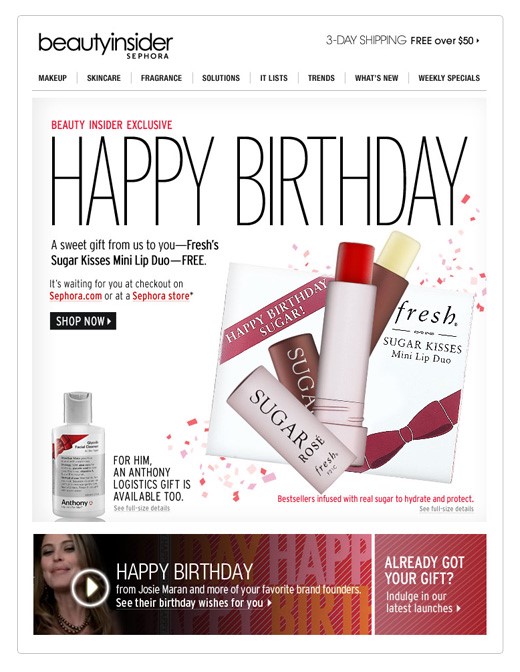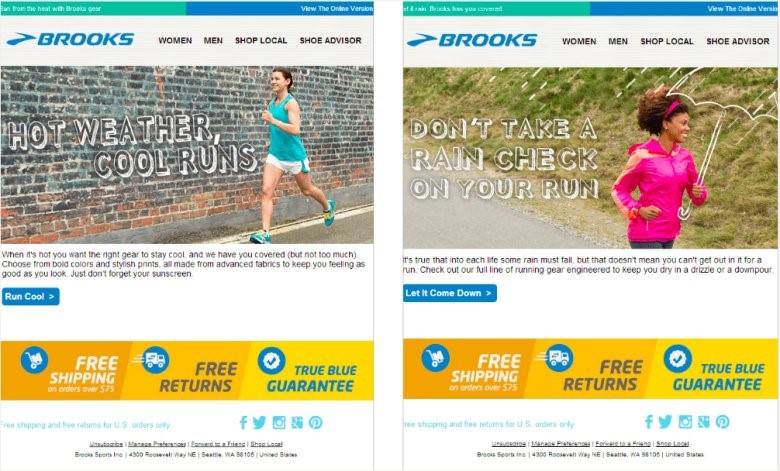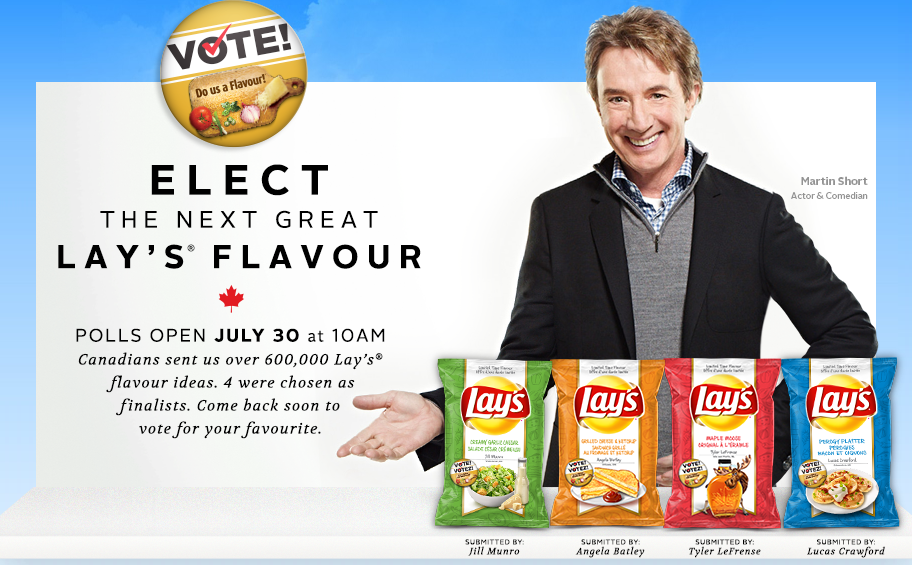Marketers must re-examine their audience data and segment creatively. Look beyond just demographics.
We’re midway through November already. The holiday lights are out, the Christmas décor is going up. Soon, we cue the endless music.
Yes, 2016 is coming to a close and as the end draws nearer, it’s high time we start thinking about next year’s revenue goals and ad budget. And to do that, advertisers need to re-examine first, and foremost, their audience data.
Earlier this week we mentioned the importance of audience data in programmatic buying. We argued that ensuring that you have granular audience segments in place to run specific and individual campaigns, rather than broadly scoped ones, will help you find greater success.
While simple demographics like age, gender, and location are great starting points, marketers need to get more specific.
So in the spirit of specificity, here are 18 different ways marketers can segment their audience data to double their ROI in the New Year.
Demographic Segmentation
Demographic segmentation is one of the most common ways advertisers can segment their audiences. These common attributes include the following familiar categories which form the basis of how marketers determine how to market their products.
1. Age
2. Household Income
3. Gender
4. Geolocation
5. Language
6. Education
7. Seasonal
These basic demographics are important to consider because based on, for example, the age groups of your audience, your messaging and even medium may change.
If you’re a cell phone service provider, the creatives you use to reach a millennial audience will be entirely different from your messaging for the baby boomer generation. The packages you sell may differ based on the needs of each age group. On top of this, gender and geolocation will affect the way you design your creatives and where you deliver them.
But wait, there are WAY MORE ways to segment your audience by demographics:
8. Birthday: If you can further segment your audience by birthday, this means you can even run special birthday offers. Sephora, for example, does a great job with this with their Beauty Insider VIB birthday gifts.
9. Weather: Weather based targeting is gathered the same way as geolocation and can influence what products marketers may choose to promote, as well as the messaging that goes along with it.
For example, a fitness clothes retailer may run an ad featuring anti-rain gear in a rainy weather geolocation, and hot weather gear elsewhere.

10. Life Stage: You ever change your status to ‘engaged’ on Facebook and then suddenly, you’re bombarded with ads for diamond rings and wedding gowns (yes that happened to me)?
Life stage targeting can be incredibly effective because it’s based on a period in life your audience may be particularly conscious of.
From upcoming nuptials, to entering college for the first time, retirement, or pregnancies, these are major life events and stages that marketers should consider to deliver the right audience to the right audience at the right time.
Behavioral Segmentation
11. Cart Abandonment: For many consumers, price, timing, and shipping are often the culprits behind cart abandonment.
But segmenting out clients who do so – clients who are often on the verge of converting – can help you tailor your retargeting campaign messaging to remind them about what they’re missing out on or if prices change.

12. Type of Shopper: Is your audience a bargain shopper, a luxury shopper, an online-only shopper? Different ‘types’ of shoppers respond to different sales and discounts. The way you sell to a bargain hunter from a luxury shopper vary greatly.
13. Buying History: What does your audience’s historical shopping data look like? Do they buy similar items? Are they always on the hunt for a new tech gadget?
Knowing your audience’s click and purchase history is great for upselling by suggesting similar or complementary products at the final check out.
14. Engagement Level: Highly engaged customers are your best customers because they also act as your brand advocates. Engaged customers spend more on average according to 12ahead, and brands can take advantage of their loyalty by rewarding these clients.
Segment out your highly engaged audience and reward them by allowing them to contribute their ideas to product improvement like Starbucks’ ‘My Starbucks Idea’ or Lay’s Do us a Flavour campaign.

15. Psychographics: It’s like demographics, but more related to your audience’s affinity towards specific values, hobbies, political views, and spending habits. As Hubspot puts it, “demographics explain ‘who’ your buyer is, while psychographics explain ‘why’ they buy.”
It’s important to segment out your psychographic information because you might have two or more completely different sets of psychographics to one set of demographics. Your single male audience aged 25-35 located in Vancouver may all be sports lover, but only half may be inclined to do sports while the other prefer to watch sports.
Social Data Segmentation
16. Brand Affinity: Brand affinity segmentation identifies groups of audiences that have a certain attraction to specific brands and the lifestyles they espouse. For example, Nike and the Just Do It attitude.
You can segment your audience out by specific brands or even by a competitor’s with similar products. If you’re an start up sports gear company attempting to disrupt the market and challenge dominating brands, marketing based on brand affinity can be one way to target your competitor’s audience.
In other cases, brand affinity is an excellent way to inspire cross or co-branded marketing initiatives like this example between BMW and Louis Vuitton.

17. Lifestyle: Your audience segments by lifestyle are ascertained usually by a combination of psychographic, past purchasing data, and behavioural data.
Be it the Savvy Entrepreneur, the Fashion Insider, the Tech Enthusiast, or the Health and Fitness Junkie – lifestyle segments are usually where brands find their brand advocates, influencers, trend setters, and early adopters.
These are the groups of individuals who categorically identify with a certain way of life that is aligned with the brand.
18. Interests: What are your consumer’s favourite television shows, movies, and sports teams? What kind of music do they listen to? What cuisines and restaurants do they love?
These are examples of interests that your audience may identify with which can in many ways dictate the types of promotions you may execute whether online or off.
Now you have 18 more ways to segment your audience data. Now get out there and get creative with your segmentation and double that ROI in 2017.
Want to learn more? Connect with our team at sales@clearpier.com